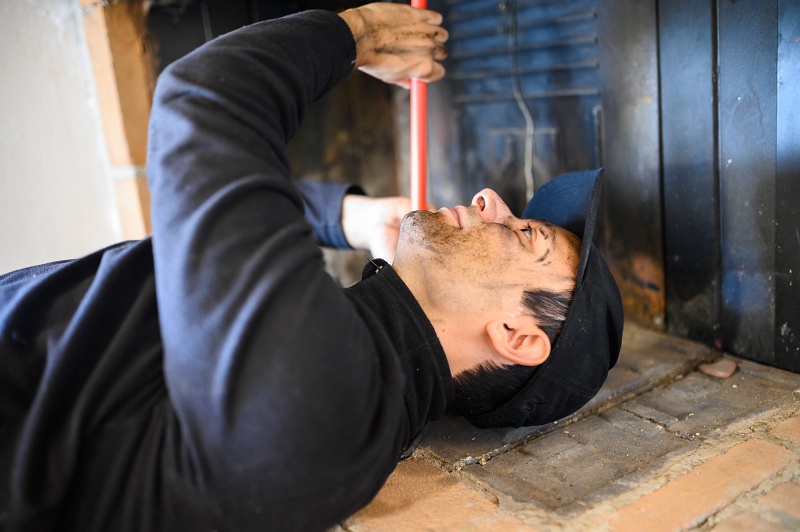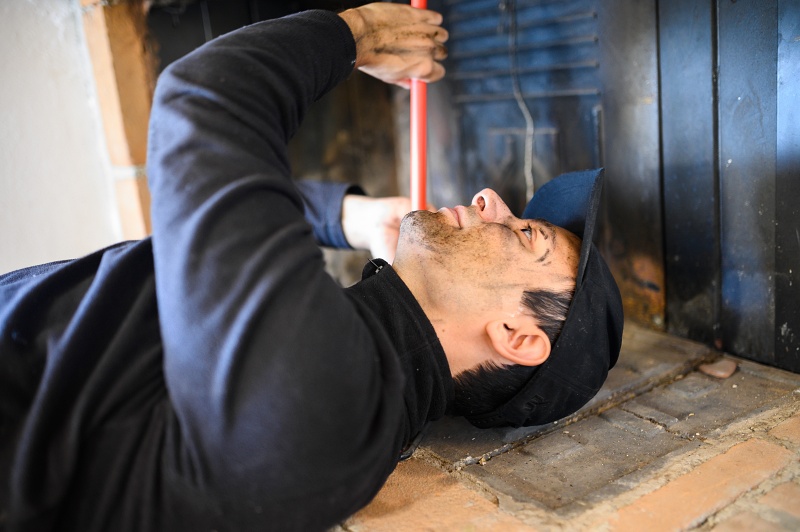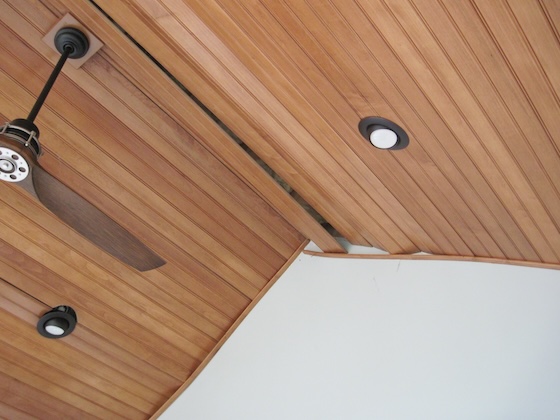
Understanding the Importance of Regular Chimney Inspections
Regular chimney inspections are crucial for maintaining the safety and functionality of your home. Neglecting to inspect your chimney can lead to potential hazards such as fires, carbon monoxide poisoning, and structural damage. By scheduling regular inspections, you can identify any issues before they escalate into costly repairs or pose a threat to your family’s well-being.
During a chimney inspection, a professional will thoroughly assess the various components of your chimney, including the structure and masonry, chimney cap and spark arrestor, chimney crown and flashing, and the chimney flue. Each of these elements plays a vital role in the proper functioning of your chimney, and any damage or buildup can impair its performance. By regularly inspecting and maintaining these components, you can ensure that your chimney is operating efficiently and safely.
Examining the Exterior: Assessing the Chimney Structure and Masonry
When it comes to chimney inspections, one crucial aspect to focus on is the chimney’s exterior structure and masonry. The condition of the chimney’s structure and masonry plays a vital role in ensuring its overall stability and functionality. By examining the exterior, homeowners can detect any signs of wear and tear that may compromise the chimney’s performance.
Assessing the chimney’s masonry is an essential step in the inspection process. Checking for cracks, loose bricks, or damaged mortar joints is crucial, as these issues can lead to structural instability and water leakage. The masonry should be solid and intact, with no visible signs of deterioration. Inspecting the exterior structure and masonry of the chimney regularly can help identify potential problems early on and prevent costly repairs in the future.

Evaluating the Chimney Cap and Spark Arrestor
Upon thorough inspection of the chimney, it is crucial to pay special attention to the chimney cap and spark arrestor. These components serve as the first line of defense against external factors that could potentially damage the chimney and pose risks to your home.
The chimney cap, usually made of metal or masonry, sits on top of the flue opening and acts as a protective covering. Its primary function is to prevent rainwater, debris, and animals from entering the chimney. During the evaluation, check for any signs of damage, such as rust, cracks, or missing parts. Additionally, ensure that the cap is securely fastened to the chimney to guarantee its effectiveness. Keeping the chimney cap in good condition will not only maintain the structural integrity of the chimney but also prevent potential blockages and water damage.
Moving on, the spark arrestor plays a crucial role in reducing the risk of chimney fires. This device is typically installed at the top of the flue and acts as a barrier to prevent sparks and embers from escaping the chimney and potentially igniting nearby combustible materials. Inspecting the spark arrestor entails checking for any signs of corrosion or wear, ensuring it is securely attached to the chimney, and confirming that the mesh screen is clear of debris. Regular evaluation and cleaning of the spark arrestor will help ensure its functionality and safeguard against potential fire hazards.
Checking the Chimney Crown and Flashing for Any Signs of Damage
The chimney crown and flashing play crucial roles in protecting the structure of your chimney from water damage. The chimney crown is a concrete or mortar cap that sits at the very top of the chimney, covering the flue opening. Its purpose is to shield the chimney from rain, snow, and any other moisture that can seep into the masonry. Over time, the crown can deteriorate due to exposure to harsh weather conditions, such as freezing and thawing cycles. Signs of damage to look out for include cracks, crumbling, and improper slope. If left unaddressed, a damaged chimney crown can lead to costly repairs and water infiltration into your home.
Flashing, on the other hand, is the metal material that surrounds the base of the chimney where it meets the roofline. Its function is to create a waterproof barrier, preventing water from leaking into the house through the gap between the chimney and the roof. As with the chimney crown, flashing can deteriorate over time due to weather conditions and age. Common signs of flashing damage include rust, corrosion, missing sections, or lifted edges. If you notice any signs of damage, it is important to have the flashing repaired or replaced to prevent water from entering your home and causing potential structural issues.
Inspecting the Chimney Flue: Clearing Obstructions and Checking for Creosote Buildup
When it comes to ensuring the safety and functionality of your chimney, regularly inspecting the chimney flue is of utmost importance. The flue, or the passage inside the chimney through which smoke and gases escape, can become obstructed over time with debris, such as leaves, animal nests, or even debris from previous chimney repairs. These obstructions can restrict the flow of air and gases, potentially leading to poor ventilation, backdraft, or even carbon monoxide leaks. Therefore, clearing any obstructions in the chimney flue should be a crucial part of your regular maintenance routine.
In addition to checking for obstructions, it is also essential to inspect the chimney flue for the presence of creosote buildup. Creosote is a highly flammable substance that can accumulate on the inside of the flue when wood is burned. Over time, this black, tar-like substance can build up, posing a significant fire hazard. Regularly checking the flue for signs of creosote buildup, such as a thick, sticky residue or a strong odor, can help prevent chimney fires and ensure the safe operation of your chimney. Cleaning the flue from any creosote deposits is vital to maintain the efficiency and safety of your chimney.
The Art of the Thorough Chimney Inspection: From Top to Bottom was first seen on https://chimneysweeplosangeles.net/





More Stories
The Role of Chimney Inspections in Homebuying
The Rise of Bed Bugs: Why Are They Making a Comeback?
Chimney Masonry Repair 101: Restoring Beauty and Functionality